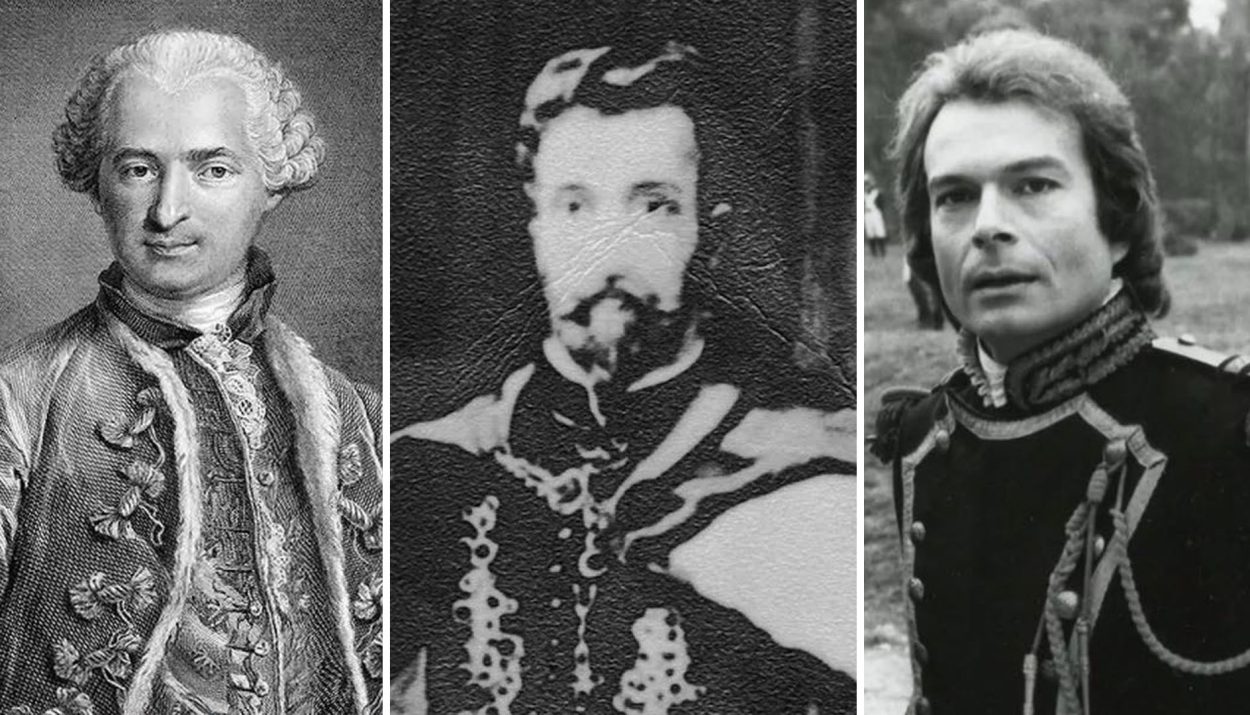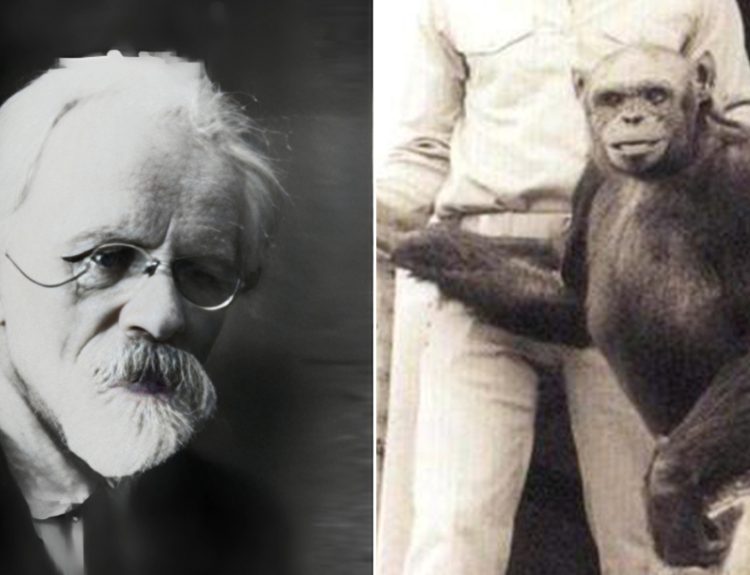A curious figure from European history, Count de Saint-Germain was a philosopher, adventurer, musician, composer, writer, alchemist, artist, and scientist who frequented high-society circles for years. Many, many years! By some accounts, Count de Saint-Germain was a fixture in the royal courts of Europe for some 500 years.
Although he was charming and intelligent, Count de Saint-Germain was also odd … and oddly ageless. People whispered that he was a vampire or that he had used his alchemy skills to unlock the secrets of immortality. In more recent years, there has been speculation that Count de Saint-Germain may have been an extraterrestrial visitor to earth or a time-traveler. Let’s look at why people believe Count de Saint-Germain was immortal.
Who Was Count de Saint-Germain?
We actually don’t know what Count de Saint-Germain’s birth name was or when he was born or where he came from. A possible birth year of 1691 has been floated, but that is pure speculation. On a few occasions, the Count claimed to have been the son of Prince Francis II Rakoczi of Transylvania who lived from 1676 to 1735.
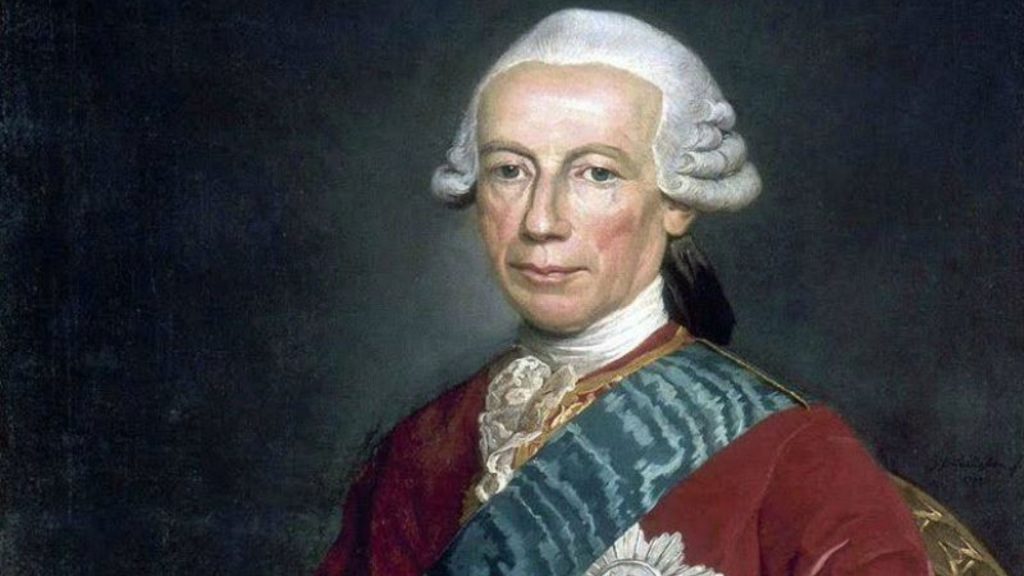
If this were true – and if the 1691 birth year was correct – the prince would have been just 15 years old when he fathered him. It could be that the birth year is off … or that there was some Transylvania vampire stuff going on. We do know that he died on February 27, 1784 … or did he?
Wise Beyond His Years
Count de Saint-Germain was knowledgeable on numerous topics. When it came to history, he often talked about historical events as if he were there. He was so accomplished in so many different subjects that believed he gained more knowledge than was possible in one lifetime. He rubbed elbows with many of the brilliant minds of the time, including Mozart and Casanova.
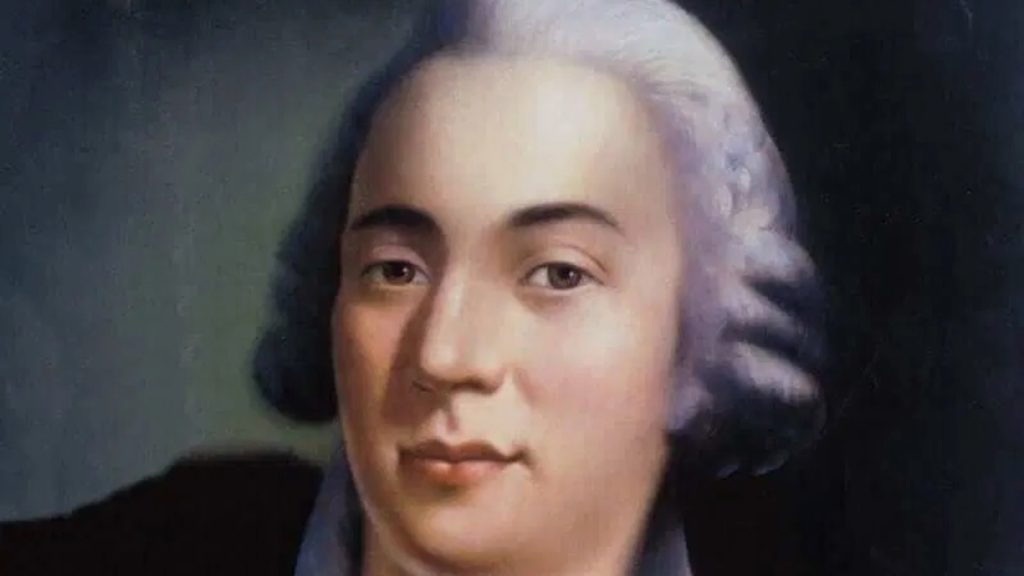
The Count was called “The Wonderman” by his friend, Voltaire. Voltaire described Count de Saint-Germain as “a man who does not die, and who knows everything.” Prince Charles of Hesse-Kassel referred to Count de Saint-Germain as “one of the greatest philosophers who ever lived.” Casanova once remarked that the Count “was 300 years old, that he knew the secrets of universal medicine, and that he possessed a mastery over nature.”
Perpetually Middle-Aged
Count de Saint-Germain made appearances at public events and private parties for many, many decades, yet he always looked the same. He was perpetually middle-aged, appearing to be about 45 years old. In 1710, Madame de Pompadour met Count de Saint-Germain in Venice. Years later, in1760, the Count accepted an invitation to attend a party at her home in France.
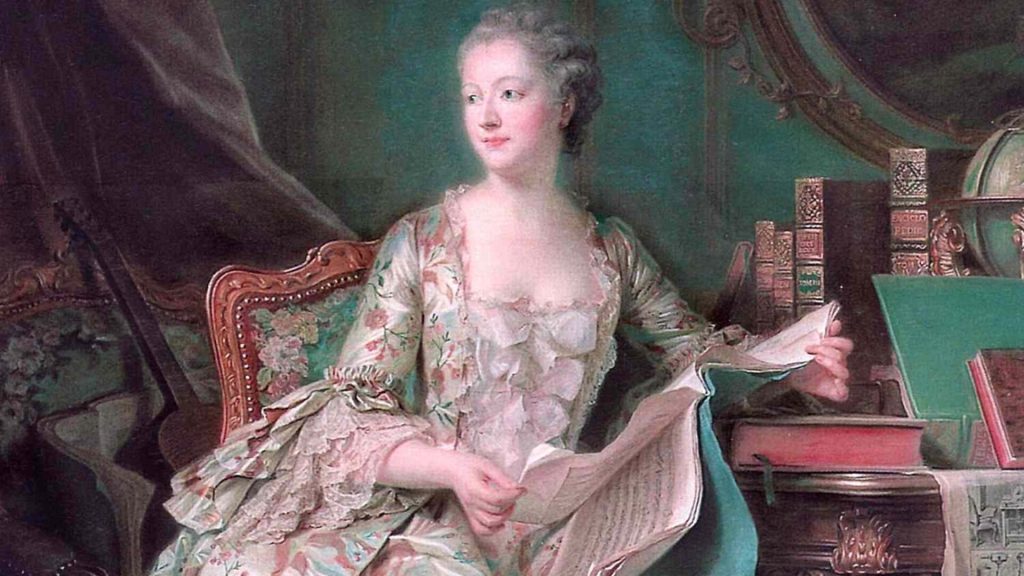
Madame de Pompadour looked forward to seeing her old friend again but was shocked to see that he had not aged in the fifty years since their last meeting. He even reminisced about their last meeting, so she was certain it was the same man. Madame de Pompadour commented about his youthful appearance, saying, “But you must be nearly 100 years old. That’s impossible.” Count de Saint-Germain smiled, “No, ma’am. That is not impossible.”
Was Count de Saint-Germain Present at Key Moments in History?
Even though Count de Saint-Germain was allegedly born in the 1690s, there were rumors that he was much older and that he had, in fact, been present for several of history’s most pivotal moments. Incredibly, some people claim that Count de Saint-Germain attended the wedding in Cana … the same one in which Jesus turned water into wine … and that he helped build the Temple of Solomon.
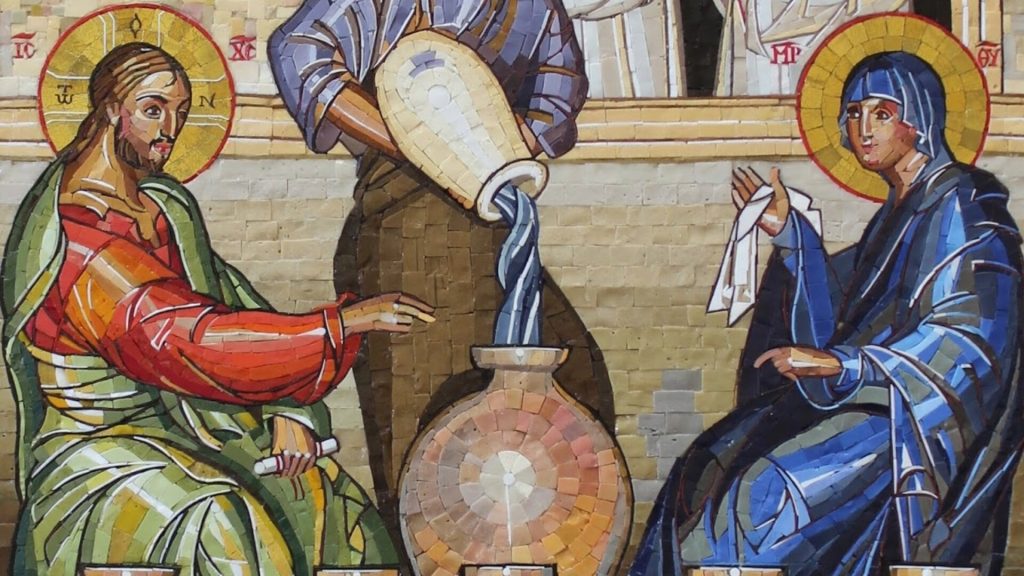
There are accounts that also put Count de Saint-Germain at the Council of Nicaea with Emperor Constantine in the year 325. Count de Saint-Germain was known to use different names. Incredibly, there are some people who believe he went by some very familiar names – Christopher Columbus, Plato, Francis Bacon, Nikolai Tesla, Merlin the Magician, and a high priest from Atlantis.
A Man of Many Talents
Count de Saint-Germain was a man of many talents. For some, it was inconceivable that one person could master so many skills in just one lifetime. He was an accomplished musician and composer who wrote sonnets, arias, songs, and operas. He was a virtuoso on the piano and violin.

Additionally, Count de Saint-Germain was fluent in many languages, including French, English, Spanish, Dutch, Portuguese, Russian, Germain, Arabic, and Chinese. It was said that he could read Sanskrit, Greek, and Latin. On top of this, he was a talented sculptor and painter.
A Master of Alchemy
During the 1200s through the 1700s, alchemy was a common scientific pursuit. Alchemists tried to alter various elements and, most notably, attempted to turn other metals into gold. Count de Saint-Germain was a master of alchemy. He had laboratories in every home he lived in that were fully stocked and equipped.

Rumors swirled that Count de Saint-Germain’s scientific and alchemy work led him to unlock the so-called elixir of life. It was claimed that he found immortality through a potion of his own development.
He Had an Unknown Source of Income
Count de Saint-Germain was quite wealthy, yet no one knew his source of income. For some, his income was also a result of his alchemy work. Did he discover the formula for turning lead into gold? Did he discover even more?

Count de Saint-Germain resurfaced after an absence in 1742. He shared that he had spent several years at the royal court of the Shah of Persia. During his time there, he perfected a method for turning semi-precious stones into emeralds, rubies, and diamonds. He wore valuable jewels sewn into his clothing and shoes.
Count de Saint-Germain Abstained from Eating
Count de Saint-Germain was a frequent guest at the best balls, parties, and banquets of the time, but oddly, he never enjoyed the bountiful feasts. During meals, he entertained his fellow guests as they dined, but he abstained from eating the meal himself. This peculiarity was another thing that made people gossip about Count de Saint-Germain.
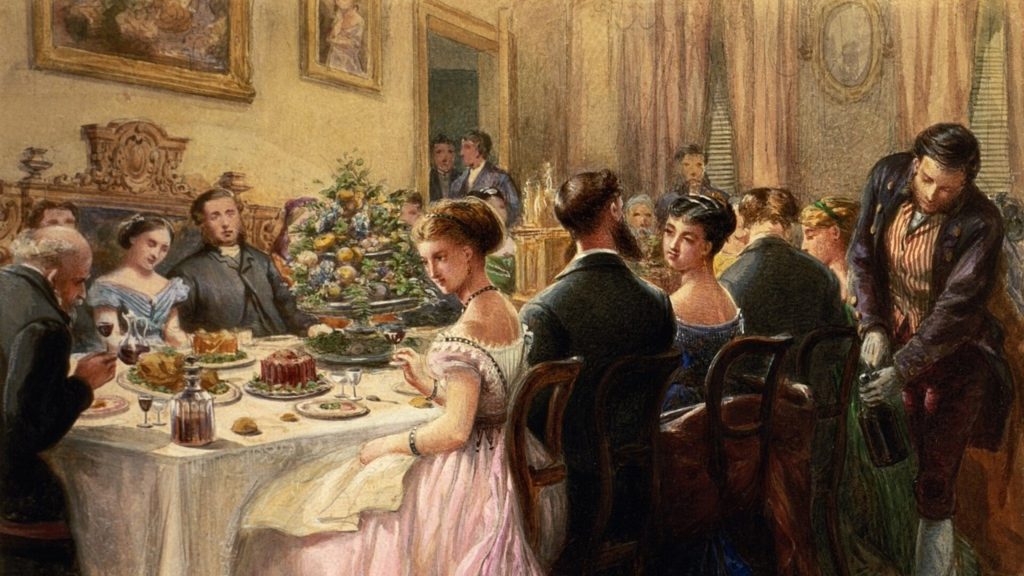
Casanova wrote in his journal about meeting Count de Saint-Germain for the first time in Paris in 1757. He noted, “The most enjoyable dinner I had was with Madame de Robert Gergi, who came with the famous adventurer, known by the name of the Count de St. Germain. This individual, instead of eating, talked from the beginning of the meal to the end, and I followed his example in one respect as I did not eat, but listened to him with the greatest attention.”
Count de Saint-Germain and Secret Societies
Count de Saint-Germain was associated with nearly all of the big secret societies of Europe. He was said to have belonged to the Freemasons, the Illuminati, the Rosicrucians, the Knights Templar, and the Society of Asiatic Brothers.
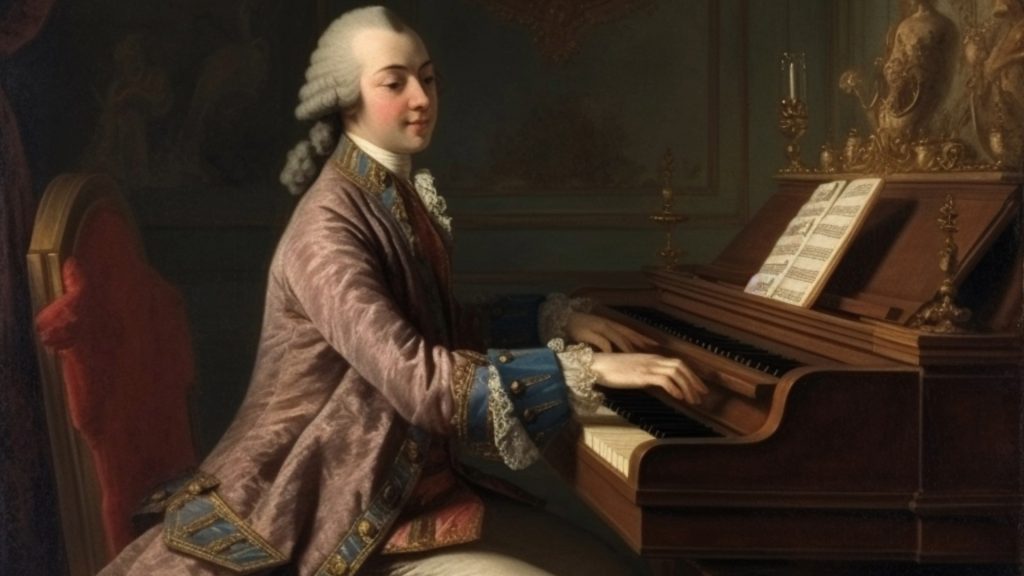
In 1785, Count de Saint-Germain’s name appeared on the attendance list of the Freemasons’ convention. This is notable because the Count was reported to have died the previous year. His name was also listed on the membership roster of the Theosophical Society every year until 1900.
Count de Saint-Germain’s Life After Death
Count de Saint-Germain sightings and encounters have continued long after he supposedly died in 1784. In 1785, for example, Anton Mesmer claimed that the Count taught him how to hypnotize people when the two spent time together in Germany. According to Gabrielle Pauline Bouthillier de Chavigny, the Countess d’Adhemar, she met with Count de Saint-Germain several times between 1789 and 1820. She even commented on his ageless appearance.
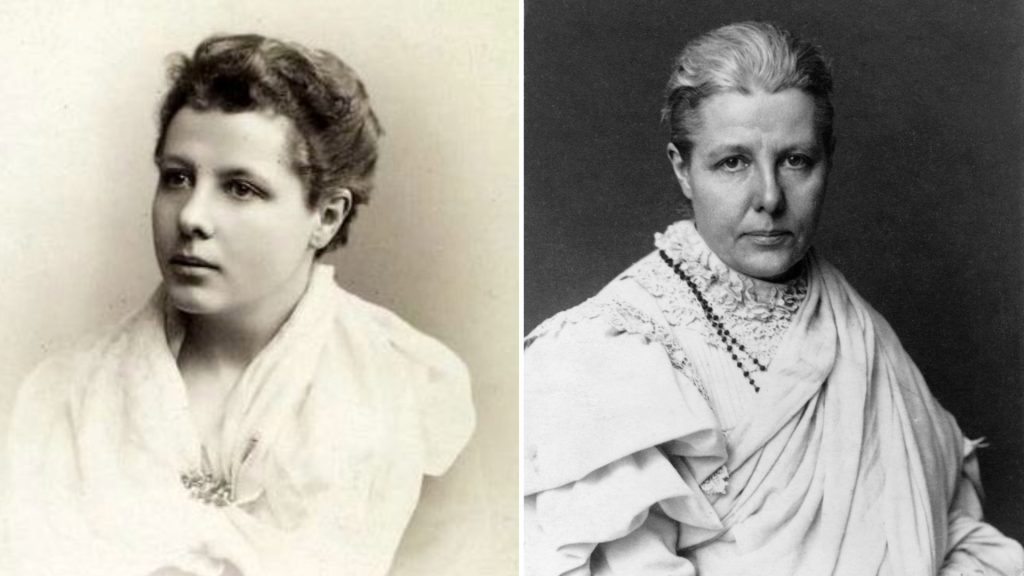
Socialite and activist Annie Besant insisted she met Count de Saint-Germain in 1896. In 1926, author C.W. Leadbeater encountered the Count in Rome. He contended that the Count showed him a cloak belonging to a Roman emperor and commented about living in a Transylvanian castle.
So, Who Really Was Count de Saint-Germain?
Count de Saint-Germain remains an enigmatic figure in history. Is it possible that he used his alchemy skills to create an elixir of life that made him immortal? Was he a Transylvanian vampire that never aged?
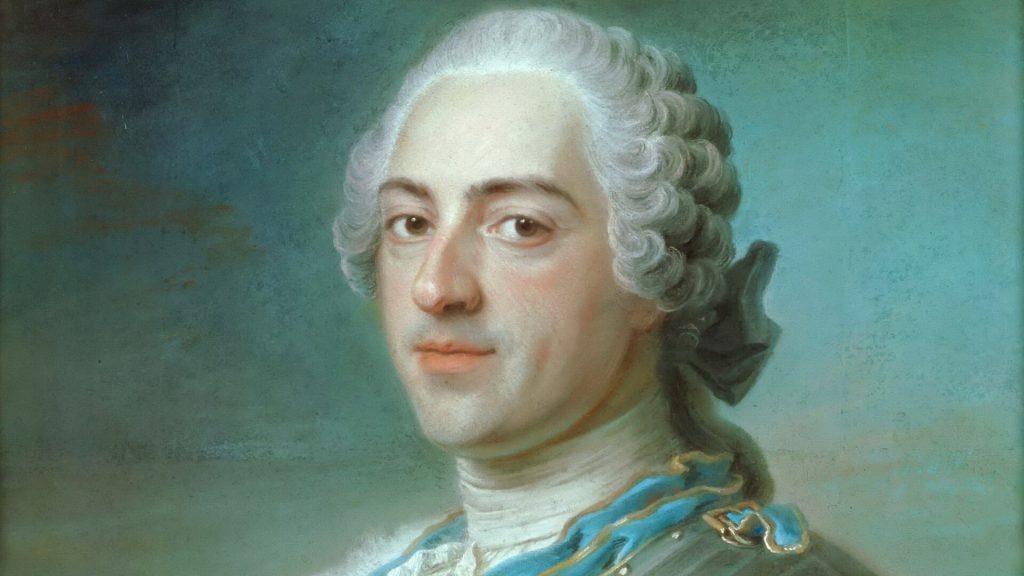
Believe it or not, people continue to report meeting Count de Saint-Germain and having fascinating conversations with him. Some of them think the Count may be a time traveler. Still others wonder if he could be an alien or an AI avatar. It is also likely that the many stories surrounding Count de Saint-Germain are cases of mistaken identity.

